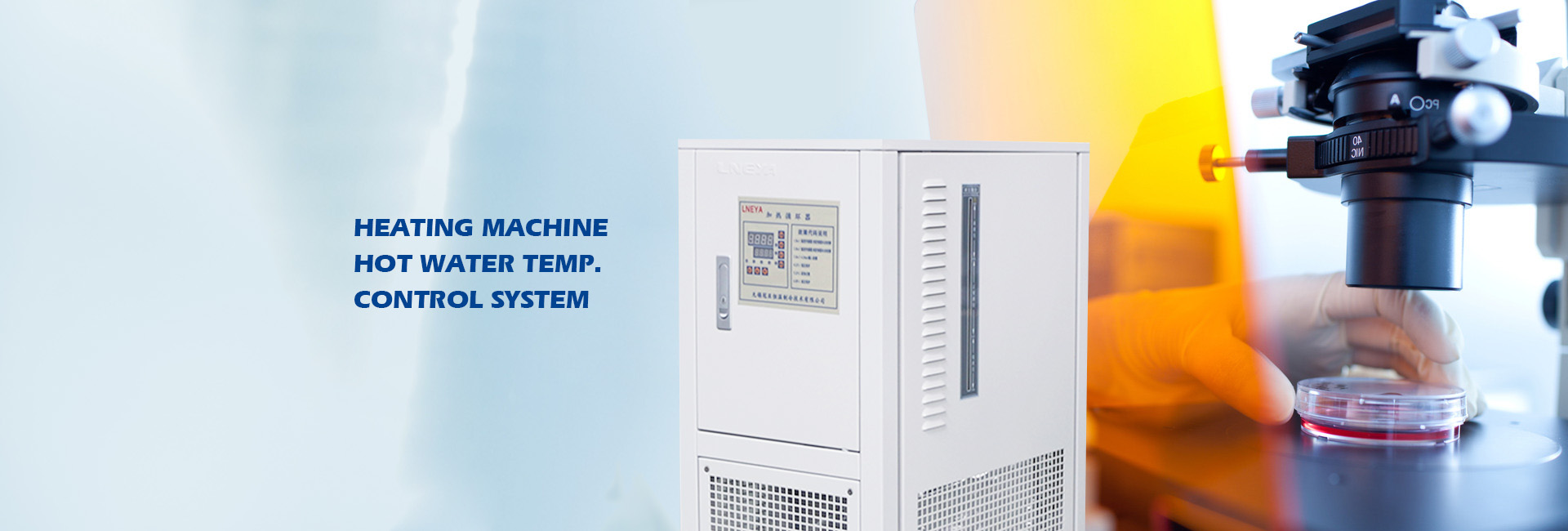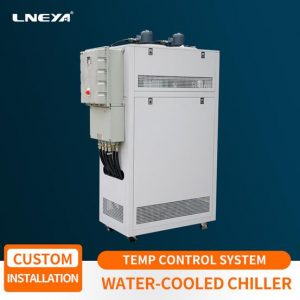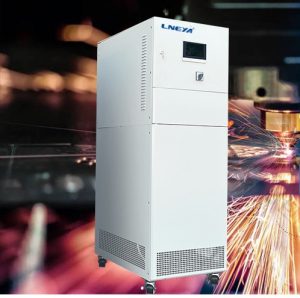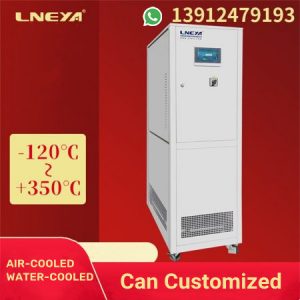The necessity of temperature heating and cooling cycle in the process of catalytic hydrogenation
In recent years, with the rising price of oil, the demand for benzene obtained from coking benzene has increased, coupled with the country’s increasing emphasis on environmental protection, the widespread application of coking benzene hydrogenation technology is imperative.
According to the reaction temperature, the coking crude benzene catalytic hydrogenation process can be divided into three types: high temperature hydrogenation (600℃~ 630℃), intermediate temperature hydrogenation (480℃~ 550℃) and low temperature hydrogenation (350℃~ 380℃). It is a high-temperature hydrogenation and low-temperature hydrogenation process.
Temperature has an effect on the reaction rate and selectivity of the hydrogenation reaction, but it does not necessarily have to be high temperature, because the actual production process often uses a catalyst to reduce the reaction temperature, which is very beneficial to production.
Constant temperature circulators are used more in pharmaceuticals, chemical engineering, and laboratories. Constant temperature circulators can also have heating and cooling functions. They can be used for cooling and heating or maintain constant temperature in the maximum temperature range of -25℃ to 200℃. It uses refrigerants. Compression, condensation, expansion, and evaporation, continuously absorb heat and vaporize at the evaporator, perform cooling and cooling, transfer heat from low-temperature objects to a cycle process like high-temperature objects, cool materials to the required temperature and maintain low temperature.
The scope of application is relatively wide, and experimental equipment such as reactors, reactors, fermentation tanks, evaporators, etc. are often used together. LNEYA Heizungsumwälzpumpe UC series products can realize the high temperature cooling process, from the high temperature of 300 ℃ to 50 ℃ directly. Equipped with a heating and cooling integrated container, the heat exchange area is large, the rate of temperature rise and fall is fast, and the demand for heat conduction oil is small. The product adopts fully enclosed circulation, high temperature without oil mist volatilization, heat conduction oil will not be oxidized and browned. The entire system is a fully enclosed system. There is no oil mist at high temperatures. At low temperatures, it does not absorb moisture in the air. During operation, the system will not increase pressure due to high temperatures. Low temperature automatically replenishes the heat transfer medium.
Verwandte Empfehlungen
-
Introduction to mixed solution of glycol chilling systems (glycol chillers)
1440Glycol chillers are industrial refrigeration systems that use a type of antifreeze called glycol, mixed with water, to lower the freezing point in the application of the chilling system. Glycol is a class of organic compounds that belong to the ...
Details anzeigen -
For emergencies of the water-cooled chiller of the automatic temperature control system of the react
1346In the pharmaceutical and chemicalproduction, the automatic temperature control system of the reactor is widelyvisible. In order to ensure the safe production of the enterprise, what shouldusers pay attention to when facing unexpected situation...
Details anzeigen -
Einsatz von Thermoöl-Heizsystemen in der pharmazeutischen Industrie
1432Die Anforderungen an die Heiztemperatur in der pharmazeutischen Industrie sind sehr unterschiedlich, da verschiedene pharmazeutische Prozesse und Produktzubereitungsschritte unterschiedliche Temperaturanforderungen haben. Im Folgenden werden einige der Heiztemperaturen...
Details anzeigen -
Was ist die Funktion eines Hochtemperatur-Wärmeübertragungssystems??
1588Das Hochtemperatur-Wärmeträgerflüssigkeitssystem verfügt über ein vollständig geschlossenes Zirkulationssystem, so dass während des Hochtemperaturbetriebs kein Ölnebel entsteht und eine Hochtemperaturkühlung realisiert werden kann. Es ist die Temperaturregelung Ausrüstung u...
Details anzeigen
 LNEYA Industriekühler Hersteller Lieferant
LNEYA Industriekühler Hersteller Lieferant
















